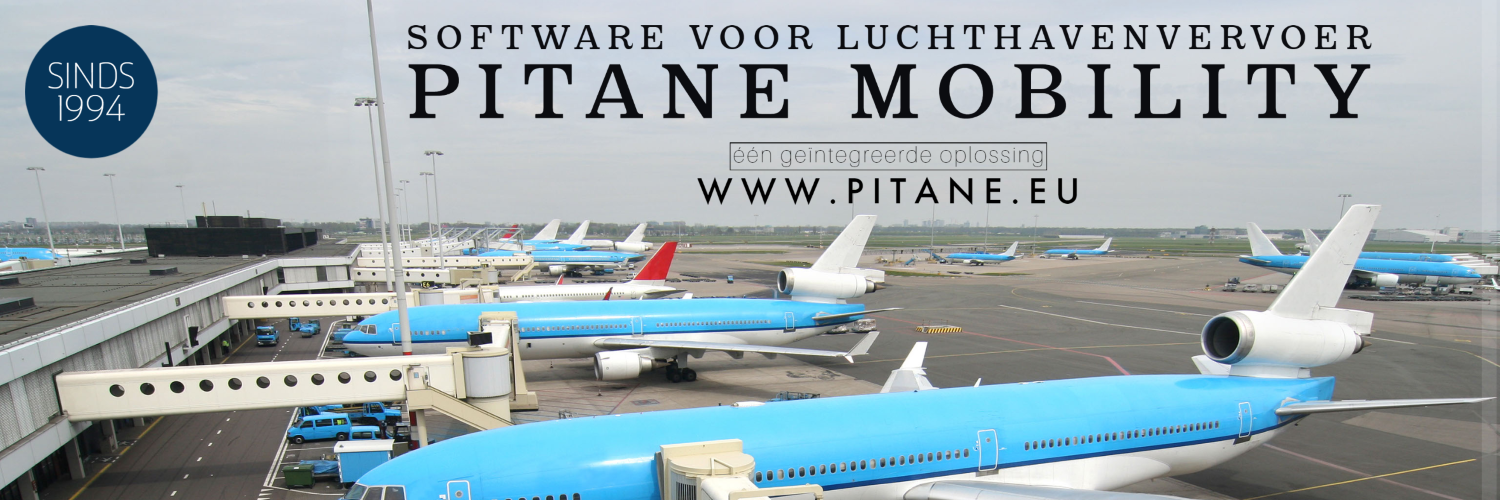According to Ploos van Amstel, the Amsterdam approach to mobility, as demonstrated by the implementation of the "knip" on Weesperstraat, illustrates an entrenched way of thinking.
According to Walther Ploos van Amstel, business economist and professor of City Logistics at the Amsterdam University of Applied Sciences, the 'cut' on the Weesperstraat is a crucial change in Amsterdam's mobility policy. The recent debates on mobility, in which the alderman and councilors raised all kinds of topics, showed that little progress is being made, even despite better preparation by the alderman.
Ploos van Amstel argues that there is a lack of an integrated vision of mobility and public space in Amsterdam. Despite the fact that parties such as GroenLinks stand up for marginalized groups such as pedestrians, their interests are not sufficiently served.
Important agenda items such as coaches, air quality, road safety and zero-emission traffic have not been addressed, which according to Ploos van Amstel is illustrative of the absence of a holistic vision. The implementation of various policy plans is delayed because the sub-plans are not properly aligned and the interests of various stakeholders are not taken into account.
Ploos van Amstel emphasizes that the mobility problems in Amsterdam and surroundings will escalate if no action is taken. Amsterdam expects 2050 new residents and 250.000 additional jobs by 200.000. If nothing changes, he says, it will crash.
He describes the pilot with the cut on Weesperstraat as a clear example of the lack of vision on mobility and public space. According to Ploos van Amstel, a targeted mobility policy for various groups – including residents, employees, students and visitors – is necessary. Moreover, he advocates identifying the kind of mobility behavior that should be encouraged, facilitated and possibly even regulated.

Solutions could consist of limiting car ownership and use, focusing on shared transport, encouraging walking and cycling, and ensuring good public transport. Tackling city logistics, implementing an adequate taxi policy and regulating traffic with 'smart mobility' are also important steps.
The arrival of the cut on Weesperstraat marks a turning point in Amsterdam's mobility policy.
Above all, Ploos van Amstel calls for tackling the 'hypermobility' of Amsterdammers. He argues that a master plan is needed that gives direction to policy on pedestrians and cyclists, road safety, car traffic and city logistics, and especially for the design of (new) neighbourhoods.
“Mobility goes much further than the portfolio of a single traffic alderman. This also affects the spatial planning of the city, digitization and the economy of the city,” says Ploos van Amstel.
It is high time for a master plan that reconnects the city and the region and emphasizes proximity, staying, moving and experiencing. A master plan that is about people, not vehicles.
The cut on the Weesperstraat is seen as the watershed in Amsterdam's mobility policy. Before we go any further, says Ploos van Amstel, a master plan is essential. He hopes for an inspiring shift from soulless policy to a policy with vision after the implementation of the cut.
future
The future of mobility in Amsterdam requires a vision that goes beyond reducing car traffic and takes into account the impact on residents' quality of life, the city's economy and future growth. This vision should also address the digitalization and spatial planning challenges of the city. Local participation by residents and entrepreneurs is essential in order to work out the plans in detail.
According to Ploos van Amstel, the success of such a vision will largely depend on how it is implemented within the organizational structure of the municipality. Sufficient knowledge and competences must be present to achieve the set goals.



